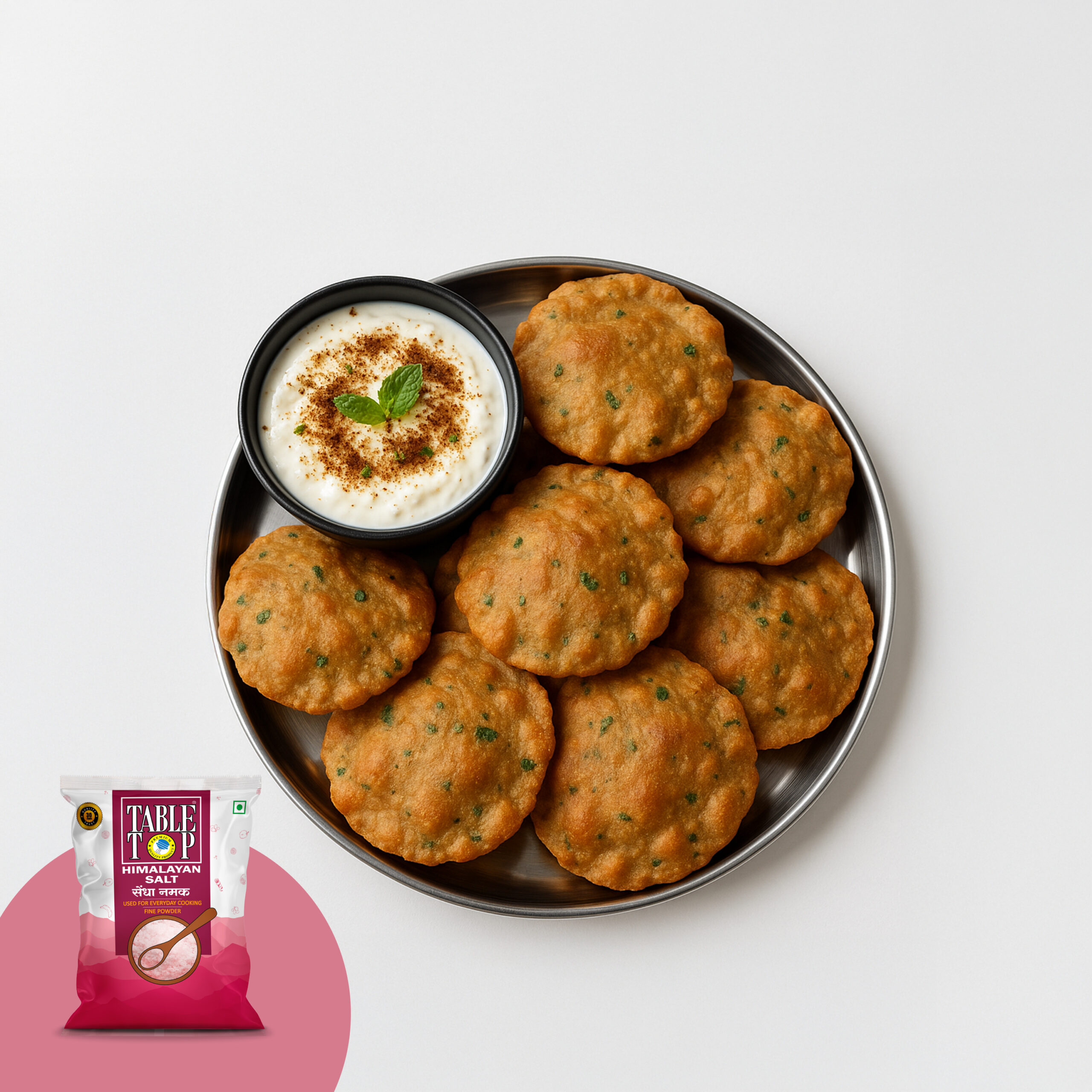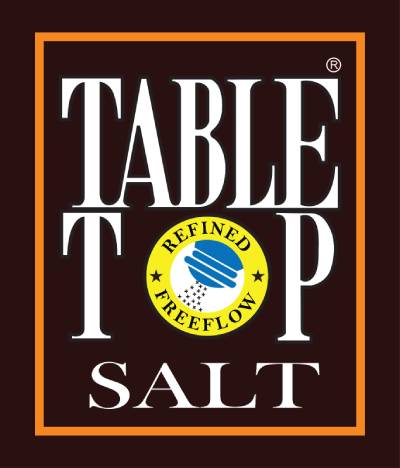
A gluten-free, vrat-friendly delicacy.
Fasting during Hindu festivals like Maha Shivratri and Navratri is not just a ritual; it’s a spiritual practice that calls for mindful, sattvic food choices. If you’re looking for healthy food to eat during Navratri fasting, try making this delicious Singhare Ki Puri recipe – a crispy, light and satisfying delicacy made with singhara atta (water chestnut flour).
A warm bowl of moong dal khichdi is more than just comfort food – it’s a wholesome hug in every bite. Easy to prepare and easy to digest, this rice and dal recipe brings together the goodness of lentils and grains in a single, nourishing dish. It’s rich in plant-based protein, light on the tummy, and full of flavour – making it ideal for all age groups.
Traditionally paired with curd or vrat-special aloo sabzi, this dish is gluten-free, filling and perfect to keep your energy levels high throughout your fast.
And the secret ingredient that makes this dish truly vrat-friendly? Table Top Sendha Namak – a naturally occurring, unprocessed rock salt that is pure, mineral-rich and approved for all Hindu fasting days.
What is Sendha Namak & why is it used in fasting?
Sendha Namak, a powdered form of rock salt or Himalayan pink salt, is the only salt permitted during Hindu fasting (vrat) days. Unlike regular table salt, it is unrefined, chemical-free and retains its natural trace minerals.
Benefits & Applications
- Fasting-Friendly: Allowed during Navratri, Maha Shivratri, Ekadashi and other vrats
- Easily Digestible: Helps maintain electrolyte balance during fasting
- Mineral-Rich: Contains potassium, magnesium and calcium
- Versatile Use: Can be used in puris, sabzis, chaas, chutneys and more vrat recipes
With Table Top Sendha Namak, you can ensure your fasting meals stay pure, healthy and flavorful.
Ingredients
- 2 cups Singhare (Water Chestnut) flour
- 2 medium-sized boiled potatoes, mashed
- 2 tablespoons finely chopped coriander leaves (optional)
- 1 teaspoon cumin seeds
- Table Top Sendha Namak, to taste
- 1 tablespoon ghee or clarified butter</st ong> (for the dough)
- Oil/Ghee for deep frying
Method
Step 1: Preparation
In a bowl, combine singhare flour, mashed potatoes, coriander leaves (optional), cumin seeds, and Table Top Sendha Namak. Mix well.
Step 2: Kneading the Dough
Add 1 tablespoon of ghee and knead into a smooth dough, using a little water if needed. The dough should be firm but pliable.
From easing digestion to restoring energy, these benefits of moong dal khichdi make it an ideal everyday meal. Add vegetables or serve it plain – this dish is highly adaptable and deeply nourishing.
Step 3: Shaping the Puris
Divide the dough into small portions and roll into puris, about 4-5 inches in diameter.
Step 4: Frying
Heat oil or ghee in a deep pan. Gently slide in the puris and fry until they puff up and turn golden brown on both sides. Drain on paper towels.
Step 5: Serving
Serve hot with curd or a vrat-special aloo sabzi.
Why this recipe is perfect for Navratri
This gluten-free Singhare Ki Puri is light, sattvic and packed with energy – exactly what you need during fasting days. Using Table Top Sendha Namak ensures you follow fasting rules while enjoying a flavourful and wholesome dish.
So this Navratri, make your vrat plate divine and delightful with Singhare Ki Puri – a perfect addition to your Navratri fast food recipes list.
This universal reliance on salt, across both time and geography, shows that it’s far more than just seasoning – it’s a symbol of survival, prosperity and even purity.


